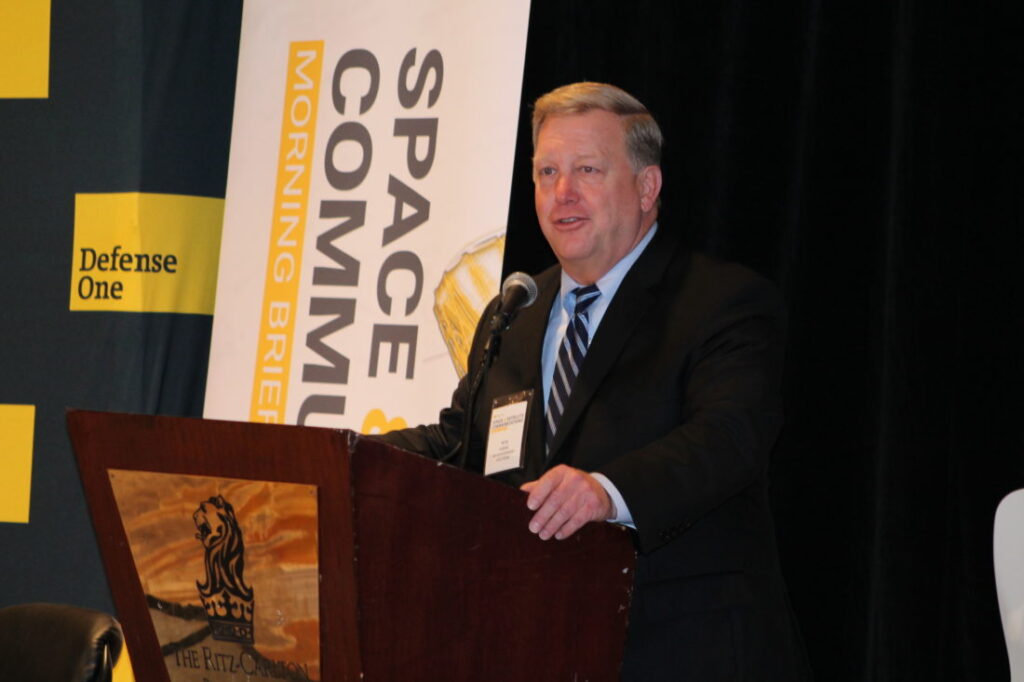The Government Satellite Report launched just two years ago, in 2015. The timing of this new, government satellite publication could not have been better.
The past couple of years have been an exciting time for the satellite industry. New technologies, increased demand for satellite-enabled solutions and the introduction of revolutionary, innovative players to the industry has the government watching the skies and looking to our commercial satellite industry for solutions.
There are many reasons for this renewed interest and focus on SATCOM. The desire to quickly have advanced capabilities and services everywhere – including on the move and at the tactical edge – has created a renewed need for resilient satellite services that can deliver incredible bandwidth, with lower latency and extremely high throughputs.
Simultaneously, the adoption of next-generation High Throughput Satellites (HTS) and the emergence, and subsequent expansion, of MEO constellations across the satellite industry will ensure that our market is prepared and poised to meet the challenges of a more sophisticated and demanding customer.
These same technologies also make COMSATCOM more accessible and cost effective for the government as it looks to satellite to deliver mission-critical communications across the globe.

The advancement and proliferation of space capabilities continued in 2016, as did the sober realization that traditional US government owned and operated systems may be vulnerable to service denial, disruption or degradation. The space environment is certainly not the benign environment it once was. That has caused our government and military leadership to seriously consider integrating additional commercial capabilities.
For example, by systematically leveraging a commercial satellite architecture and utilizing commercially hosted payloads, the US government could leverage an architecture poised to provide capability across the range of operational needs. As an example, 2016 saw the introduction of multiple exciting hosted payload programs across the government – including NASA’s GOLD program and the FAA’s WAAS program.
Many experts and satellite owner-operators – including SES – are anticipating near-record demand for satellite services across global governments in 2017 and beyond. The US Department of Defense, seeing the need to evaluate it’s future space architecture, launched an innovative Analysis of Alternatives (AoA) to fully examine their options. The commercial satellite industry figures to weigh heavily in that analysis.
Winston Beauchamp, Deputy Undersecretary of the Air Force for Space, relayed the following at a round table discussion at the World Policy Institute last year, “Today we build a military satellite constellation, and if we run out of capacity we lease more from the commercial world. But that may not be the best solution in the future. Instead we may want a balance of both commercial and military so that we give incentive from industry to build additional mission assurance and resilience measures into their architecture. By inviting our partners to weigh in in the analysis of alternatives, we can vastly improve our mission assurance.”
The Government Satellite Report remains committed to bringing you the latest satellite news, editorial glimpses into the trends driving commercial satellite adoption, discussions about the latest satellite technologies and insightful interviews with government and satellite industry leaders in 2017. But first, here is a look at some of the articles that our readers found most compelling in 2016. Thank you for being a loyal reader.
Download the Government Satellite Report’s Year in Review for 2016 by clicking HERE.
